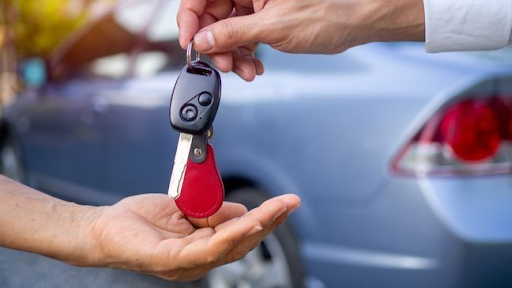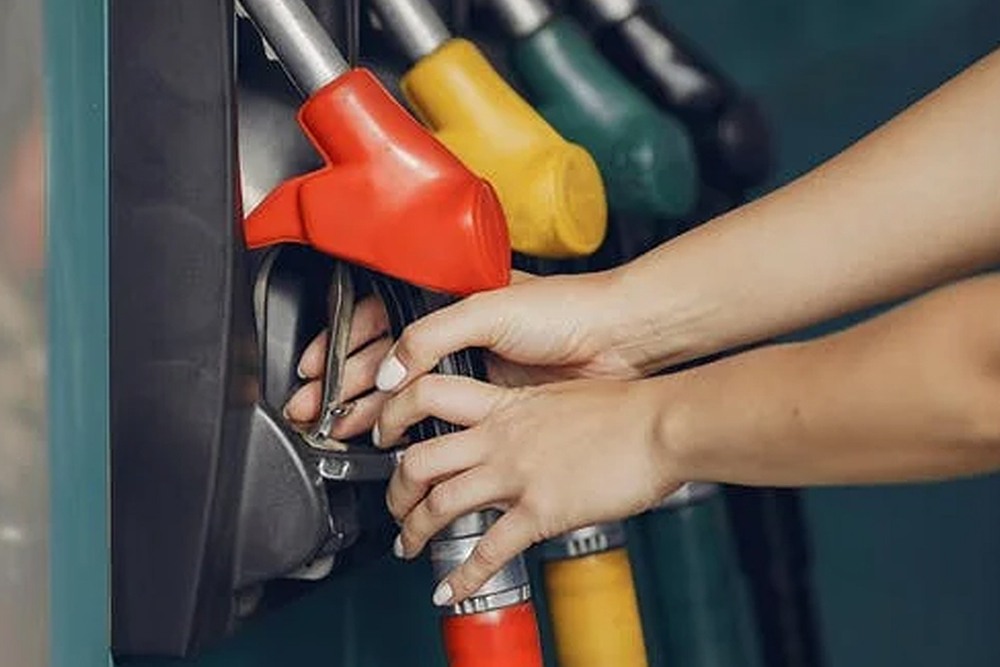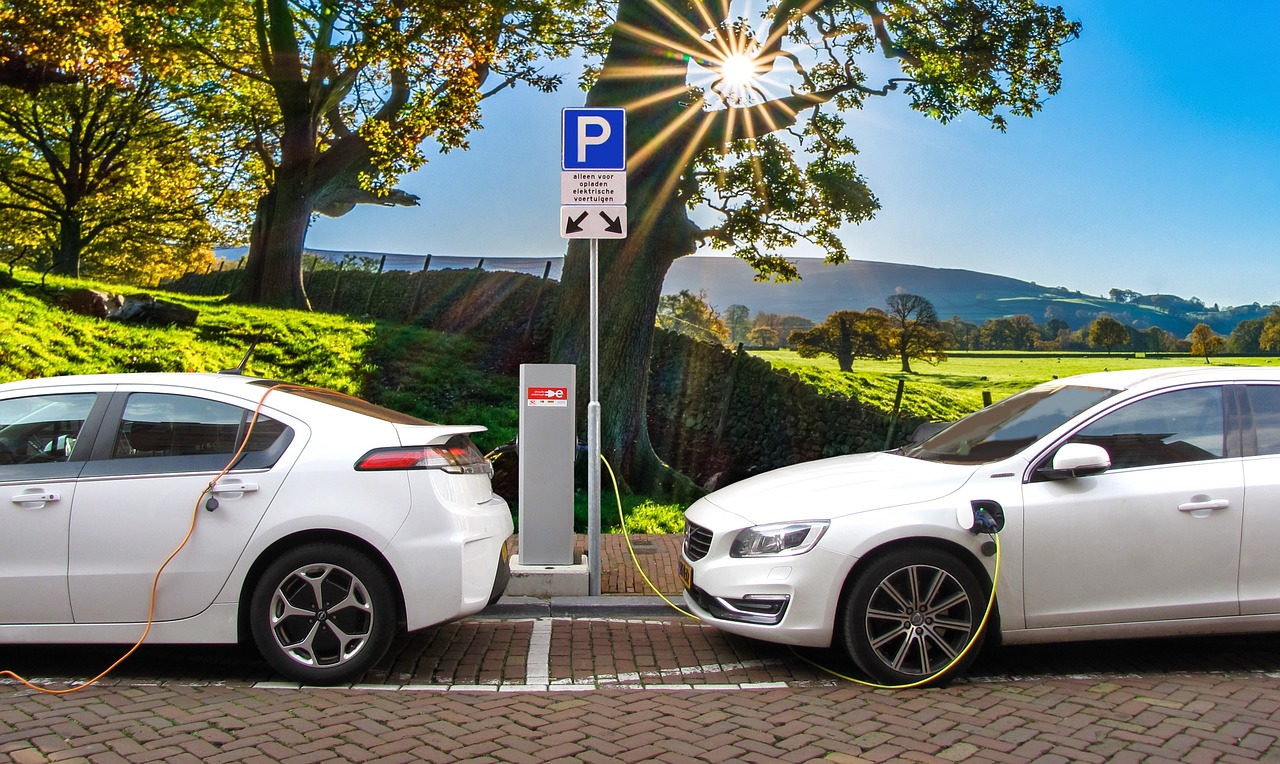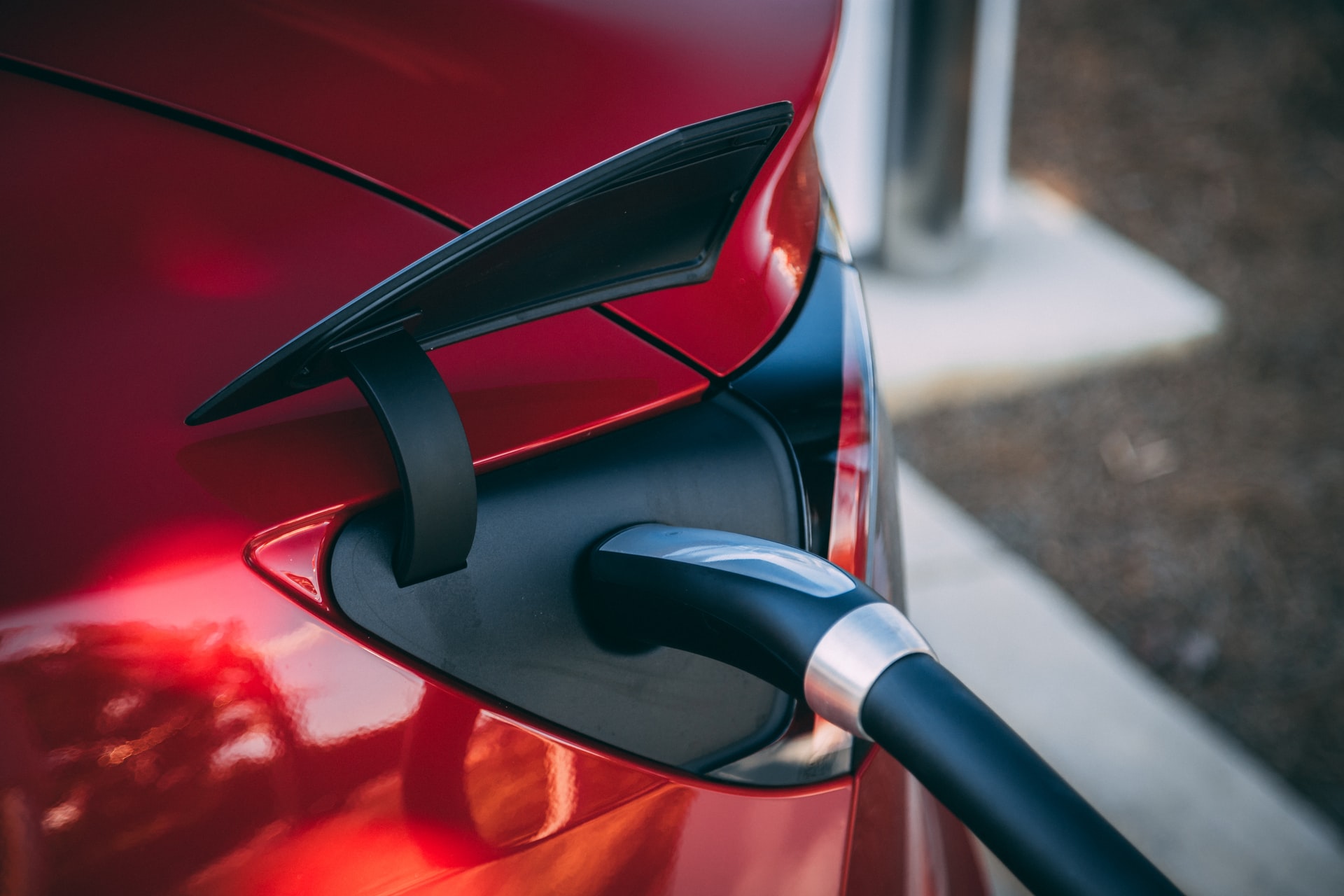
Roman Danaev
When purchasing a car through PCP, you make low monthly payments towards your vehicle. At the end of this type of car finance deal, you have the option of making one final lump sum payment to allow you to legally purchase the car once and for all.
This lump sum payment is known by a few names: the Optional Final Payment, the balloon payment, or the Guaranteed Minimum Future Value (GMFV).

What does GMFV stand for?
When you finance a car through a PCP finance agreement, your Guaranteed Minimum Future Value will be calculated at the very start. The GMFV is an estimate of your car’s total value by the end of your agreement.
After the GMFV is calculated, your lender will use the difference between the car’s current value and its GMFV to figure out how much your monthly payment figure will be. This is because, with a PCP, you don’t pay for the car itself but rather for the amount of money it depreciates over the course of the contract.
Once your financial agreement has come to an end, you have several options. You can either trade the car in for a new model, return it, refinance it, or purchase it for the Guaranteed Minimum Future Value.
Find car finance deals with the best rates!
Get a quoteWhat is GMFV for?
The GMFV, or balloon payment, offers a kind of protection from sharp, unexpected plummets in your car’s value. This is because your lender has already guaranteed your vehicle’s valuation.
By the end of your contract, if the vehicle is worth less than the GMFV, you are free to return it. Unless you have any damage or mileage penalties, you won’t have to pay a thing when you return your vehicle.
How does Guaranteed Minimum Future Value work?
So, how does a GMFV, or balloon payment, work? As mentioned above, your lender calculates your GMFV by estimating what your car’s valuation will be by the end of your contract. This estimation is founded on several factors, such as depreciation, the estimated mileage of the car, and how that particular model of car tends to retain its value.
Over the course of your PCP contract, you will pay the difference between the GMFV and your vehicle’s value at purchase. These payments are made as small, monthly instalments that can best be understood as borrowing your car’s depreciation over the course of the PCP. During this time, you are essentially renting the vehicle.
At the end of your loan, you’ll be met with three options:
- Return the vehicle to your lender.
- Get a part-exchange with your current car, putting any positive equity towards a new one.
- Pay the GMFV, thereby taking legal ownership of the car.
An example of GMFV
Imagine that you have purchased a new car on PCP finance for £24,000 and that the agreement will run for four years. Your lender estimates that by the end of that period, the value of your vehicle will have fallen to £16,000. This figure is the Guaranteed Minimum Future Value.
There is a difference of £8,000 between the starting value of the car and the GMFV. It is this £8,000 difference you will be paying over the course of your contract. You may have to pay interest in addition to this.
At the end of the four years, you will be free to decide whether you want to pay the GMFV and purchase the car, return the vehicle, or do a part-exchange with it.
How are you affected by the GMFV?
At the beginning of your contract, you should be given a chance to negotiate a higher GMFV. This means that your monthly payments will be reduced.
Ultimately, the GMFV determines how much you will have to pay back to the lenders.
How are GMFV payments calculated?
When calculating the value of the GMFV at the end of your PCP term, lenders make use of industry price guides. They also compare your model with other similar models, studying how they have depreciated over time.
It’s in your best interest to try and go with a model of car that will hold its value.
What options do you have at the end of your contract?
At the end of your PCP finance agreement, you have several courses of action available to you.
These options are:
- Return the car. You will not be charged for this, though you may face charges if the car is damaged or if you have exceeded the mileage limit.
- Refinance the balloon payment. Some people benefit from this option as it gives them some more time to figure out their financial situation.
- Pay the GMFV and purchase the car outright.
Should I pay the GMFV at the end of a pcp contract?
Whether or not you should pay the GMFV is really up to you and your personal circumstances. However, if you’re interested in keeping the car, you will either need to refinance the balloon payment or pay the full GMFV outright.
Before you come to a decision, you should first have the value of your car evaluated by a car dealership or retailer. They’ll be able to let you know what value your car has. If it’s worth less than the balloon payment, returning the car is probably your best choice of action.
You will not get to buy the financed car. You will instead be able to get a cheaper second-hand model of a similar car.

What should I do if my car is worth more than the GMFV?
Every now and then, you’ll find that your car is actually worth more than the GMFV. In this situation, you shouldn’t just return the car, even if you don’t really want to keep it.
Your options are:
- Part-exchange the car on finance and get a new vehicle. The dealership or retailer where you got your new car will pay the settlement charge.
- Pay the GMFV. Then, immediately sell the car for more than you paid.
- Sell the car. You’ll have to check that this is okay with your lender first, but if they agree, then your proceeds should cover the GMFV.
What should I do if my car is worth less than the GMFV?
You may find that your car is worth less than the GMFV. In this case, your best course of action would just be to return the car. Rather than paying out a GMFV that the car isn’t worth, you can let your lender deal with the loss of value instead.
What are the pros and cons of GMFV?
To help you try and decide whether or not GMFV will be useful for you, here are some of the main pros and cons of GMFV.
| Pros of GMFV | Cons of GMFV |
|---|---|
| GMFV payments are flexible. | Cancellation. |
| You can purchase the car at the end of the PCP contract. | Large final payment. |
| Lower monthly. | Limitations. |
Pros
- GMFV payments are flexible: For example, you will have a smaller balloon payment at the end of the contract.
- You can purchase the car at the end of the PCP contract: If you really like your car, you have an option to purchase it at the end. A PCP isn’t the same as a lease, where you are never given the opportunity to own the car.
- Lower monthly. Since you’re paying for the depreciation value rather than the cost of the car, the monthly payments are quite affordable.
Cons
- Cancellation: If you cancel your PCP plan early, you may be subject to considerable cancellation.
- Large final payment: If you want to own the car, you are going to have a large final payment to allow you to do so.
- Limitation: With PCP plans, the lender sets a limit on how many miles you can drive annually. If you exceed this limit, you will be charged. You will also be charged for any damage to the car that exceeds fair wear and tear.
How can I increase the value of my car?
When you finance a car through PCP, it’s expected that you’ll maintain the car at a certain standard. By trying to stick to that as best as you can, you have a decent chance of increasing your car’s value. Furthermore, when you’re deciding on a model of car to buy, look for one that you know is going to retain its value.
Conclusion
This article has explained GMFV and its various pros and cons. Before deciding whether or not you want to make a balloon purchase at the end of a PCP contract, be sure to consider your particular situation. Decide whether or not another option might be better for you.
Contents
- What does GMFV stand for?
- What is GMFV for?
- How does Guaranteed Minimum Future Value work?
- How are you affected by the GMFV?
- How are GMFV payments calculated?
- What options do you have at the end of your contract?
- Should I pay the GMFV at the end of a pcp contract?
- What are the pros and cons of GMFV?
- How can I increase the value of my car?
- Conclusion
Latest News
| Loan amount: | £16,000 |
|---|---|
| Length of loan: | 60 months |
| Interest rate: | 12,9% |
| Amount of interest | £5,793.84 |
| Total payment: | £21,793.84 |





